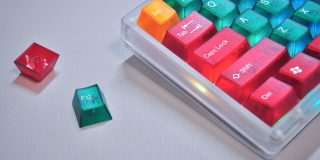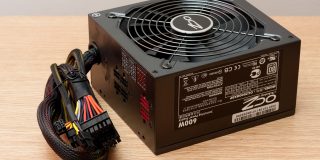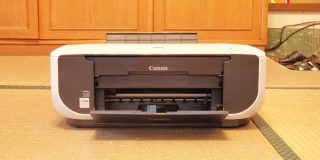Can You Replace the Graphics Card in a Laptop
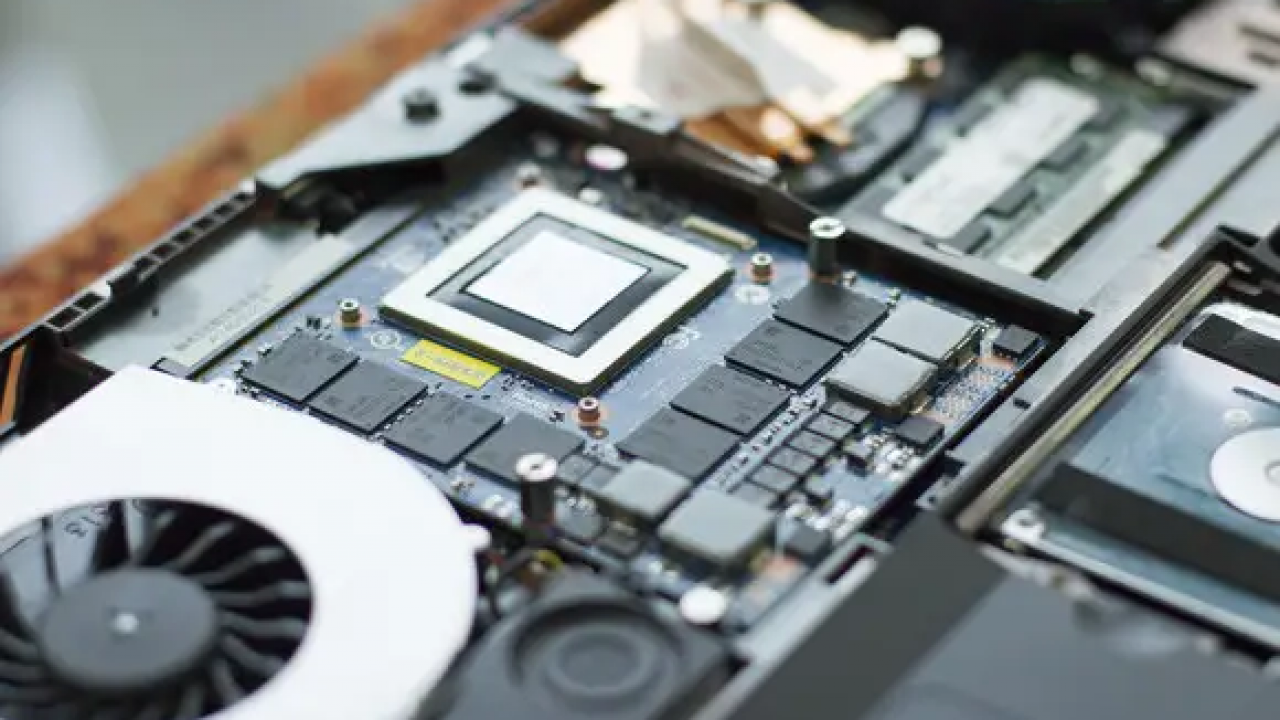
You’ve had your laptop for a couple of years, and it’s starting to show its age. Perhaps you’re a gamer who’s discovered that the latest releases won’t run on minimal graphics settings anymore. Or maybe, you’re a designer who’s struggling to get the most out of the most modern software because your laptop’s graphics card isn’t up to the task.
Either way, you want to modernize the graphics card in your laptop. But the question is, can you? This article provides the answer and explores some alternative options.
Can You Replace the Graphics Card Directly?
Sadly, the answer is probably no for the majority of laptop models. This is because laptops are designed differently from desktop PCs. In a laptop, the graphics card is usually built directly into or soldered to the motherboard, with the GPU sometimes being a part of the CPU itself.
These attachments create problems when trying to replace a graphics card. Because the card is integrated into the motherboard, you need to replace the whole motherboard when replacing a graphics card. The cost of doing that is so high that you may as well purchase a new laptop.
While it’s technically possible to replace your laptop’s graphics cards, you need to replace the device’s largest circuit board and, usually, other hardware to do it. In the majority of cases, that’s more trouble and cost than it’s worth.

Are There Any Other Options?
The obvious answer is to purchase a desktop instead of a laptop, as desktops offer more customizability and are generally cheaper than equivalent laptops. However, that’s not an ideal solution for many, particularly those who already have laptops.
Thankfully, there are a couple of workarounds to the laptop graphics card issue that you may be able to employ for specific purposes.
Use a USB Graphics Card
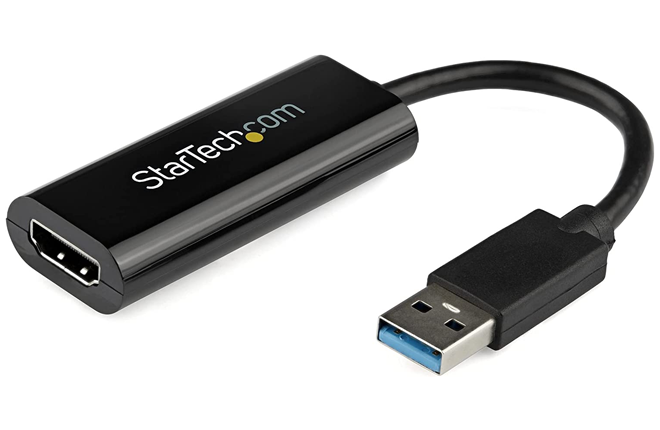
Some manufacturers offer graphics cards that you can plug directly into your laptop’s USB port. But before you get too excited, this option does not mean you can plug a card in and get an instant boost to your laptop’s graphical processing power. Instead, USB graphics cards create an additional graphical output.
This means you can run an external screen from your laptop in addition to using the device’s built-in screen. With a USB graphics card, you can create a dual-monitor setup. You may even be able to create a three-monitor setup if your device also has an HDMI, DisplayPort, or VGA output.
So, this solution does not increase your laptop’s graphical capacity. However, it does provide an interesting option for those who require multiple screens when working or gaming.
Use an External GPU
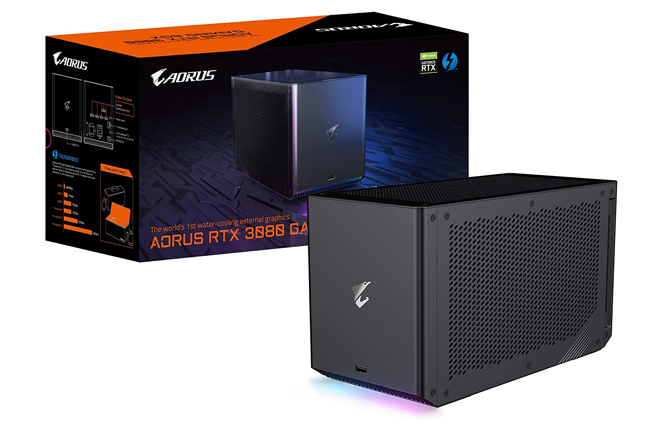
External GPUs (eGPUs) allow you to connect an external hardware dock to your laptop that boosts its graphical prowess. Unfortunately, some laptops aren’t compatible with eGPU technology. And even those that are may require some complicated setup, including finding an eGPU dock made by the same manufacturer as your laptop.
Think of eGPUs as an external override for your laptop’s standard graphics card. You connect the eGPU with your laptop and load it with a PCle and appropriate graphics card. With the eGPU equipped, your laptop can make requests to retrieve the graphics it needs to display from the external dock rather than the device’s own internal graphics card.
You typically don’t get the same performance out of a graphics card installed into an eGPU as you would if the same card was installed directly into your computer. Still, an eGPU can easily exceed your laptop’s internal graphics capacity, allowing you to use more demanding software and play the most modern games.
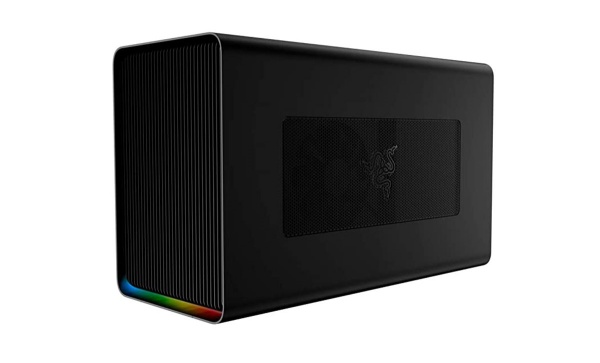
How to Install an eGPU
Before you install an eGPU, you need to confirm that your laptop is capable of using the device. For that, you need to confirm that the device has a Thunderbolt 3 port. This is a high-speed input/output port created by Intel, which allows your eGPU and laptop to communicate with one another. The majority of eGPUs require this port, meaning you can’t use them if your laptop doesn’t have it.
Assuming your device has a Thunderbolt 3 port, there are several other things to consider before starting an installation.
First, check that your eGPU is compatible with the graphics card you want to use. Some eGPUs come with cards pre-installed, while others allow you more choice. If you want to use your own card, you must check that your eGPU can handle the card.
Second, you must ensure the eGPU has access to enough power. Most of these units require anywhere from 100 to 650 watts to run. Aiming to stay above the 400-watt range with your power supply should ensure you get consistent performance out of your eGPU.
Finally, you need a cooling source to keep your eGPU running. Many come with internal fan units that minimize the space the eGPU takes up while keeping the device cool. But in some cases, your eGPU will need an external fan, which takes up more space.
General Steps for Installing an eGPU
Several manufacturers offer eGPU devices, which means installation steps can vary a little depending on your choice. Still, there are some general steps you’ll follow when installing an eGPU:
- Install the device’s software onto your laptop. Typically, this involves visiting a weblink provided with the device so you can download the appropriate drivers and software.
- Connect your eGPU to a power source. You may also need to connect your display monitor if you’re not using your laptop’s internal display.
- Use a Thunderbolt cable to connect your laptop and eGPU dock. You should see a bolt icon on the screen that tells you the connection is made.
- Click OK when your laptop asks if you’d like to allow the Thunderbolt connection. It’s also worth checking the Always Connect option if you intend to use the eGPU regularly.
With the connection established, you’re ready to access boosted graphical power.
Elevate Your Graphical Experience
It’s generally impractical to replace your laptop’s graphics card directly. The need to replace the entire motherboard adds so much cost to the process that you may as well purchase a new laptop. Fortunately, eGPUs provide a workaround that provides access to enhanced graphical power without overhauling your device.
These are not perfect solutions. Graphics cards running through an eGPU can’t provide as much graphical power as those installed directly into a computer. However, the gap between eGPU and internal graphics cards will likely close as Thunderbolt technology improves.








